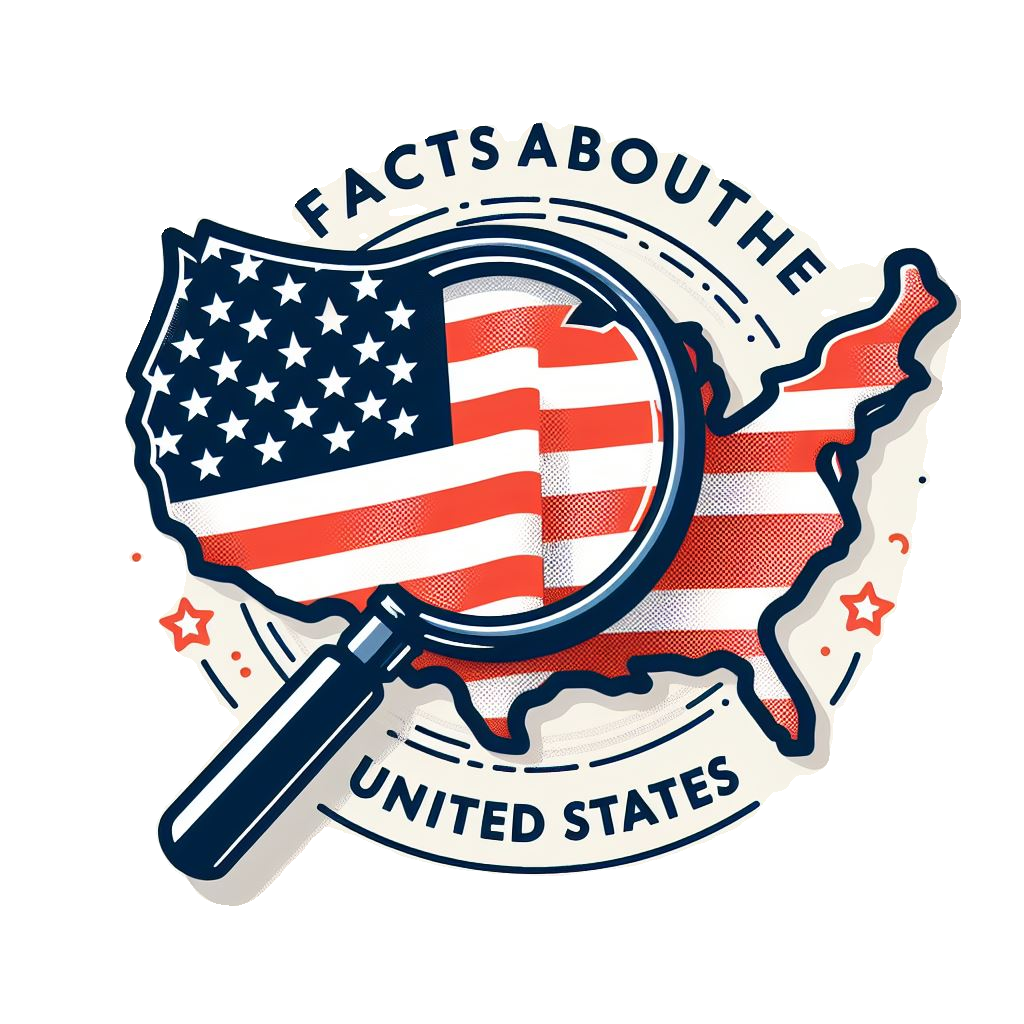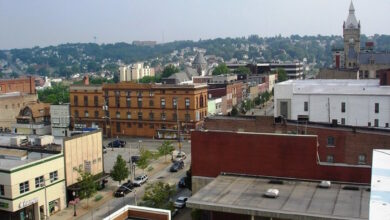Chicago: The City of Big Shoulders
Chicago is the third largest city in the United States, with a population of about 2.7 million people. It is located on the shores of Lake Michigan, one of the five Great Lakes of North America. Chicago is known for its rich history, diverse culture, iconic architecture, and vibrant sports scene. In this article, we will explore some of the most interesting and unique facts about Chicago, and why it is a great destination for travelers and locals alike.
The Origins of Chicago
The name “Chicago” comes from the French interpretation of the Native American word for “striped skunk,” which was also the name given to the wild onions that grew near the Chicago river1. The area was first inhabited by various tribes of Native Americans, such as the Potawatomi, Miami, and Illinois. The first European to visit the region was the French explorer Robert de La Salle, who claimed it for France in 1679. In 1763, the British took control of the area after the French and Indian War. In 1779, the American Revolutionary War hero Jean Baptiste Point du Sable established the first permanent settlement at the mouth of the Chicago river, and is considered the founder of Chicago.
Chicago officially became a city in the state of Illinois in 1837. It grew rapidly as a transportation hub, connecting the eastern and western parts of the country by rail, road, and water. Chicago also became a center of trade, industry, and innovation, attracting immigrants from all over the world. Some of the many inventions that came from the city of Chicago include roller skates, skyscrapers, Crackerjacks, zippers, pinball, spray paint, softball, and the remote control.
The Great Chicago Fire and the Rise of the Skyscraper
One of the most tragic and transformative events in Chicago’s history was the Great Chicago Fire of 1871, which destroyed much of the city and killed about 300 people. The fire started on October 8, 1871, in a barn owned by Patrick and Catherine O’Leary, where a cow allegedly kicked over a lantern. The fire spread quickly, fueled by the dry weather, wooden buildings, and strong winds. It burned for three days, covering an area of about 3.3 square miles and leaving more than 100,000 people homeless.
The fire also sparked a wave of rebuilding and innovation, as Chicagoans sought to create a more modern and resilient city. One of the most notable achievements was the development of the skyscraper, a tall building supported by a steel frame instead of by the walls of the structure. The first skyscraper ever constructed was the 13-story Tacoma Building of Chicago, built in 1889. Others argue that Chicago’s 10-story Home Insurance Company building, built in 1885 and featuring a fireproof metal skeleton, was the first skyscraper. Either way, Chicago became the birthplace of a new architectural style that would shape the skyline of many cities around the world.
Today, Chicago boasts some of the most impressive and iconic skyscrapers in the world, such as the Willis Tower (formerly known as Sears Tower), the John Hancock Center, the Aon Center, and the Trump International Hotel and Tower. The Willis Tower is the tallest building in the Western Hemisphere at 110 stories, and offers a stunning view of four states (Illinois, Indiana, Michigan, and Wisconsin) from its Skydeck Chicago observation deck.
The Cultural and Artistic Hub of the Midwest
Chicago is not only a city of big buildings, but also a city of big ideas and big talents. Chicago is home to a vibrant and diverse cultural and artistic scene, ranging from music, theater, comedy, literature, film, and art. Chicago is the birthplace of many influential genres and movements, such as blues, jazz, gospel, house, soul, rock and roll, improv comedy, and the Chicago school of literary criticism. Some of the most famous artists and performers who came from or were associated with Chicago include Muddy Waters, Louis Armstrong, Nat King Cole, Buddy Guy, Kanye West, Oprah Winfrey, Ernest Hemingway, Saul Bellow, Gwendolyn Brooks, Carl Sandburg, Frank Lloyd Wright, Edward Hopper, and many more.
Chicago also hosts some of the most prestigious and popular cultural institutions and events in the country, such as the Art Institute of Chicago, the Field Museum of Natural History, the Museum of Science and Industry, the Adler Planetarium, the Shedd Aquarium, the Chicago Symphony Orchestra, the Lyric Opera of Chicago, the Goodman Theatre, the Second City, the Chicago International Film Festival, the Chicago Jazz Festival, the Chicago Blues Festival, the Taste of Chicago, and the Chicago Marathon.
The City of Sports Fans
Chicago is also a city that loves sports, and has some of the most loyal and passionate fans in the country. Chicago has eight major league sports teams, including two MLB teams (the Chicago Cubs and the Chicago White Sox), one NFL team (the Chicago Bears), one NBA team (the Chicago Bulls), one NHL team (the Chicago Blackhawks), one MLS team (the Chicago Fire), one WNBA team (the Chicago Sky), and one NWSL team (the Chicago Red Stars). Chicago has won a total of 27 championships across these sports, and has produced some of the greatest athletes of all time, such as Michael Jordan, Walter Payton, Ernie Banks, Bobby Hull, and Mike Ditka.
Some of the most memorable moments in Chicago sports history include the Chicago Cubs winning the World Series in 2016, breaking a 108-year title drought and the “Curse of the Billy Goat”; the Chicago Bulls winning six NBA championships in the 1990s, led by Michael Jordan and Scottie Pippen; the Chicago Bears winning the Super Bowl in 1986, with the legendary “Super Bowl Shuffle” rap song; the Chicago Blackhawks winning three Stanley Cup championships in 2010, 2013, and 2015; and the Chicago White Sox winning the World Series in 2005, breaking an 88-year title drought.
Chicago also has some of the most iconic and historic sports venues in the country, such as Wrigley Field, the second-oldest MLB ballpark and home of the Chicago Cubs; Soldier Field, the oldest NFL stadium and home of the Chicago Bears; and the United Center, the largest NBA arena and home of the Chicago Bulls and the Chicago Blackhawks.
Conclusion
Chicago is a city that has something for everyone, whether it is history, culture, architecture, or sports. It is a city that has overcome many challenges and tragedies, and has emerged stronger and more resilient. It is a city that celebrates its diversity and creativity, and welcomes visitors and newcomers with open arms. It is a city that is proud of its past, present, and future, and is always looking for ways to improve and innovate. It is a city that is truly worthy of its nickname, the City of Big Shoulders.

